
Earlier this year, cases of fungal meningitis were discovered at 2 surgical clinics in Matamoros, Mexico. The CDC offers an update on this deadly outbreak.

Earlier this year, cases of fungal meningitis were discovered at 2 surgical clinics in Matamoros, Mexico. The CDC offers an update on this deadly outbreak.

A study being presented at IDWeek 2023 demonstrated a 2-fold increase in HIV infections associated with barriers to treatment.
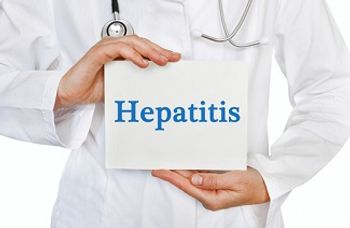
There is a lack of information and teaching going on with this significant, but "silent" organ.

Investigators explored the makeup of antibiotic resistant genes after administration of the live biotherapeutic product, Rebyota (fecal microbiota, Live-jslm), to see what differences would be discovered.

A New Drug Application (NDA) for ceftobiprole was accepted for 3 indications including S aureus bacteremia, days after phase 3 results were published.

Bradley Burnam, CEO of Turn Therapeutics, took his own personal medical experience with a severe skin infection and founded his company to address some of the unmet needs of wound care.

Hikers in Washington State experienced acute gastroenteritis along the Pacific Crest Trail.
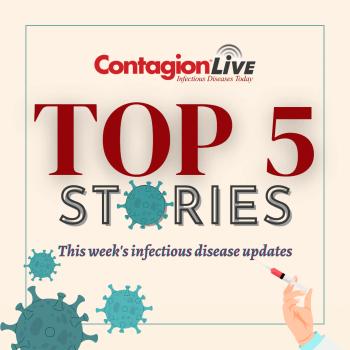
In this week's infectious disease news, the Novavax COVID-19 booster gets authorized in the US; Moderna reports topline data on its influenza-COVID-19 combination vaccine; the differences between live biotherapeutic products and conventional FMTs; and the influence of alcohol on hepatitis C treatment.
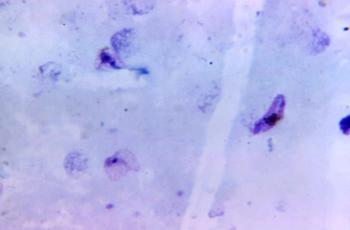
When implemented broadly, malaria vaccines can have a significant impact on public health.

Behind the scenes, laboratory professionals are processing tests, assays, and other diagnostics to determine data for clinicians to treat patients.

Without regulations for donation practices for conventional fecal microbiota transplants (FMT), clinicians need to consider which therapeutic agents for recurrent C difficile treatment to utilize.

With its Cherokee Nation Hepatitis C Elimination program, they have worked diligently to increase screening and get people into the continuum of care.

The company plans to begin a phase 3 trial for its mRNA-1083 investigational combination vaccine later this year.
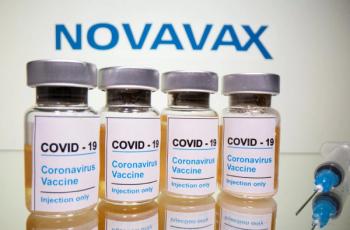
The updated emergency user authorization follows similar approvals and authorizations for Moderna and Pfizer's COVID-19 vaccines.
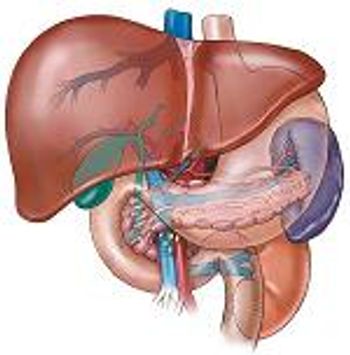
A study highlights that viral infections can accelerate the progression of NAFLD to more severe conditions like non-alcoholic steatohepatitis (NASH) and fibrosis, emphasizing the importance of recognizing these complex relationships.

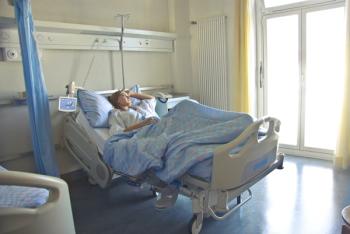
Screening for Clostridioides difficile in all admissions to ICU identified asymptomatic carriers and their risk for developing and/or transmitting infection.

Check out important news you might have missed including the expanded indication for remdesivir to those with severe hepatic impairment; a small study shows that SARS-CoV-2 infects coronary arteries and increases plaque Inflammation; and some antibiotics are associated with C diff Infection.

Steffanie Strathdee, PhD, had to navigate care for her husband who became gravely ill with a multidrug resistant bacterial infection while they were on vacation overseas. He recovered thanks to the use of phage therapy. From that experience, she has dedicated her life to getting phage therapy to the masses.

Small study shows infected macrophages and foam cells cause cytokines to be released and may help explain why patients have cardiovascular complications long after getting the infection.

The Biden Administration addresses antimicrobial resistance with new project, company voluntarily recalls its antifungal, and a fatal case of the plague is reported in the US.
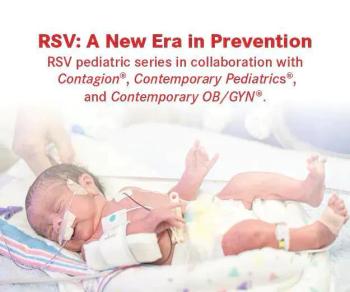
Tina Tan, MD, FAAP, FIDSA, FPIDS, discusses the benefits of having new tools to fight RSV in infants, potential vaccine hesitancy, and RSV trends currently being observed.

As we mark this awareness day, education and immunization has helped the United States make great strides in preventing the viral disease, but globally more work needs to be done.

Patients treated with oral metronidazole experienced significantly more first-line drug changes compared to those on fidaxomicin; although there were no significant differences observed in the global or clinical cure rate between the 2 treatments.

This antibiotic is the only liquid oral suspension approved in the US.

The findings show that treatment with the COVID-19 oral antiviral can develop into different strains and spread.
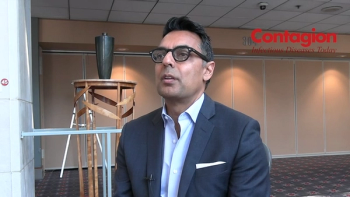
Toronto, Canada-based Bluedot offers surveillance tracking information to identify trends for viruses and syndromes efficiently to aid public health officials and other key stakeholders to assess situations and make decisions around this data.
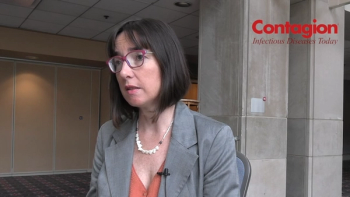
The subject is one where it does not garner the attention of other serious health topics, but key stakeholders say it should.
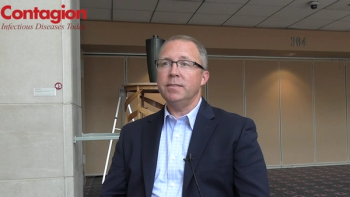
Earlier this year, the company announced its first foray into these types of infections in developing vaccines for the tickborne infection utilizing its mRNA vaccine platform.

In this week's news, learn about a nurse practitioner's experience as both someone who has battled C diff herself and treated patients with the bacterial infection; a new investigational platform for COVID-19 vaccines; and how chronic hepatitis D is identified as the most severe and progressive form of viral hepatitis.